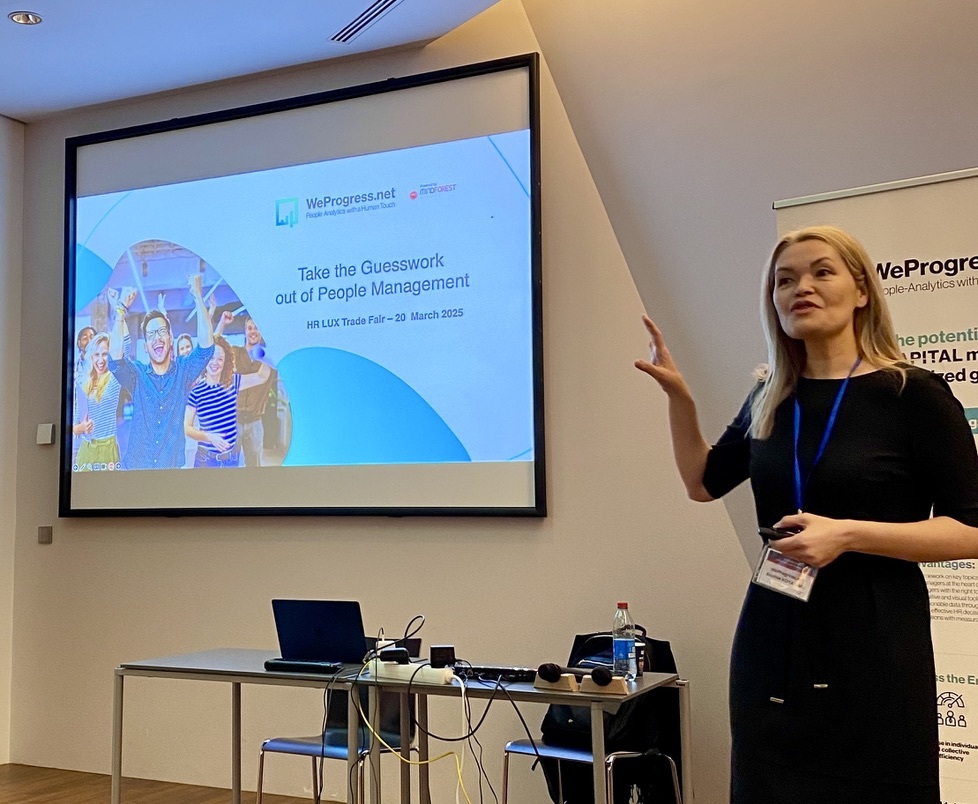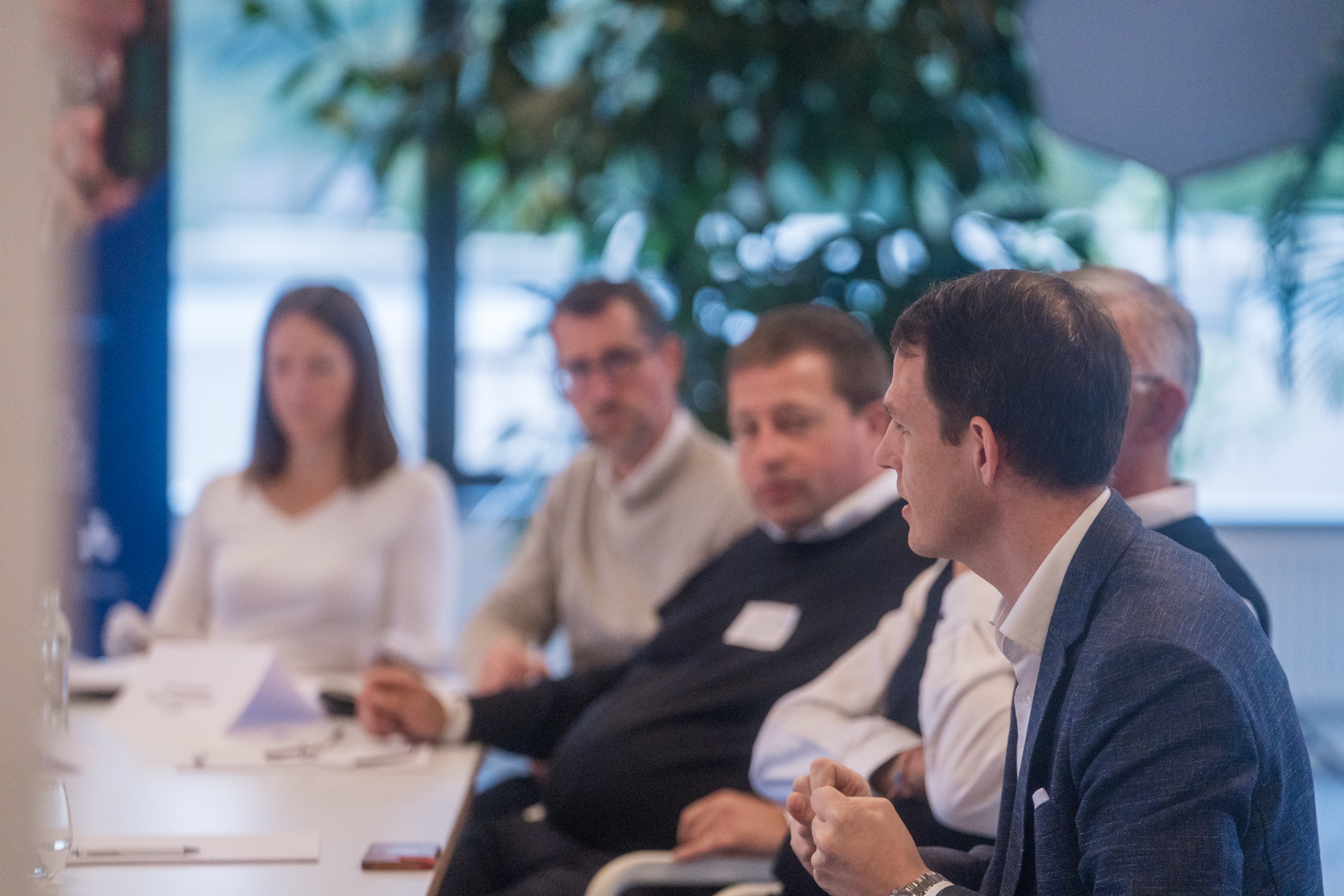Fire up Innovation! Why Community Dynamics Should Spring to Mind
Peter Drucker once said “The enterprise that does not innovate ages and declines. And in a period of rapid change such as the present the decline will be fast”. These words are truer than ever. Without innovation a company will not be able to stand out from its competitors in the long run and will gradually fall into oblivion.
But what do we mean by innovation?
Innovation emerges from the use and combination of information held by individuals, hence the constant and growingimportance given to knowledge management in companies.
The Oslo Manual jointly developed by the OECD and Eurostat provides a framework for the concept of innovation and defines it as follows:
“Innovation refers to a new or improved product or process (or combination of both) that differs significantly from a unit’s previous products or processes and has been made available to potential users (product) or implemented by the unit́ (process).”
Invention VS innovation: what is the difference?
Invention: creation of an idea to achieve something
Innovation: an invention which has been developed and put into practice
What are the different types of innovation?
The concept of innovation is much broader than is usually understood by the mere word “innovation”. It is not only limited to “product” innovation, which is usually the first idea that comes to mind when talking about innovation, but can also define the improvement of a production process. The Oslo Manual stipulates 4 main types of innovation:
- Product innovation: creation of a new product or service
- Process innovation: creation or improvement of a new production or distribution method
- Marketing innovation: a change in a marketing method (design, packaging, product pricing, etc.)
- Organisational innovation: implementation of a new organisational method involving a change in working methods.
How can Collaboration Impact Innovation?
Innovation can of course emerge from a single individual, but several individuals together form a much greater creative potential. Most organisations are looking to harness both internal and external collaborative dynamics. Depending on their objective, some will turn to concepts such as “open innovation” to benefit from the knowledge of a larger group, while others will turn to communities of practice (whether piloted or not) in order to capitalise on the knowledge of a smaller group. In either case, the idea is to tap into the potential of collective intelligence and to drive collaborative innovation in order to remain competitive in a constantly changing market.
Which factors can contribute to enhanced collaboration in communities?
- A dedicated collaborative space
- An atmosphere of confidence
- The existence of directories to consolidate and disseminate ideas
- A supportive leadership
- An appropriate governance structure
Invention: creation of an idea to achieve something
Innovation: an invention which has been developed and put into practice
Setting up a collaborative area: please see our article in a published in a previous newsletter:
https://www.mindforest.com/mindforest-csr-the-deck-our-new-collaborative-space/
Adapt your community to the type of innovation you are looking for require
Just as there are different types of innovation, there are also different degrees of innovation. Innovation does not only refer to radical innovations like the invention of the rocket. Here, the Oslo manual defines 2 degrees of innovation:
- Radical innovation: refers to the creation of something completely new
- Incremental innovation: improving the existing
Depending on the objective that the organisation is seeking to achieve, it may, for example, set up different types of controlled communities, including for example a strategic exploration or an operational exploitation community. [1]
Differences among piloted communities [2]
COP EXPLORATION STRATEGIES
COP OPERATIONAL EXPLOITATION
Objectives
Development of strategic and innovative knowledge
Process optimisation implemented on the basis of an exchange of best practices
Governance
Strategic objectives defined jointly by the sponsor and the manager
Operational objectives determined by the manager. Low level of sponsor interaction
Steering
Active support from the hierarchy via the sponsor
The manager checks quality levels among members and coordinates their meetings
Which are the key stages for implementing piloted communities?
At MindForest, thanks to our many years of experience, we have developed our own methodology for implementing piloted communities, which we have sequenced into 3 main stages. These steps attribute a structure to the approach that organisations can undertake, whilst maintaining awareness of the importance of allowing these communities to retain a certain level of autonomy in order to reach their full potential.

STAGES
MAIN OBJECTIVES
Planning a Community of Practice
Provide the COP with a clear structure:
• Dynamics of community functioning
• Reporting structure
• Leadership & governance
• Collaborative area
Running a COP
Create collaborative routines and maintain momentum
Encouraging a COP to evolve
Adjust functional processes and encourage communities to evolve
What about organising a mini internal hackathon?
One way of encouraging collaborative innovation may be to launch a hackathon based on a clearly defined objective, which all the groups can work on during a fixed period. This should not make employees compete for days and nights as it is sometimes the case with traditional hackathon. In this case, a shorter hackathon can constitute a valuable experience and result in the production of many interesting ideas.
DO YOU WANT TO SET UP A PILOTED COMMUNITY WITHIN YOUR COMPANY?
WANT TO RECEIVE OUR LATEST THOUGHT LEADERSHIP CONTENT?
Related posts
 Take the Guesswork out of People Management
Take the Guesswork out of People Management
 From processes to people: achieving quality
From processes to people: achieving quality
 Daring to lead Positive Transformation: What if Positive Emotional Capital was your key to sustainable change?
Daring to lead Positive Transformation: What if Positive Emotional Capital was your key to sustainable change?
 Why hire Change management professionals? We can do it alone!
Why hire Change management professionals? We can do it alone!
 Digital Transformation and Change Management: Lessons shared in an event hosted by Cebi and MindForest
Digital Transformation and Change Management: Lessons shared in an event hosted by Cebi and MindForest



